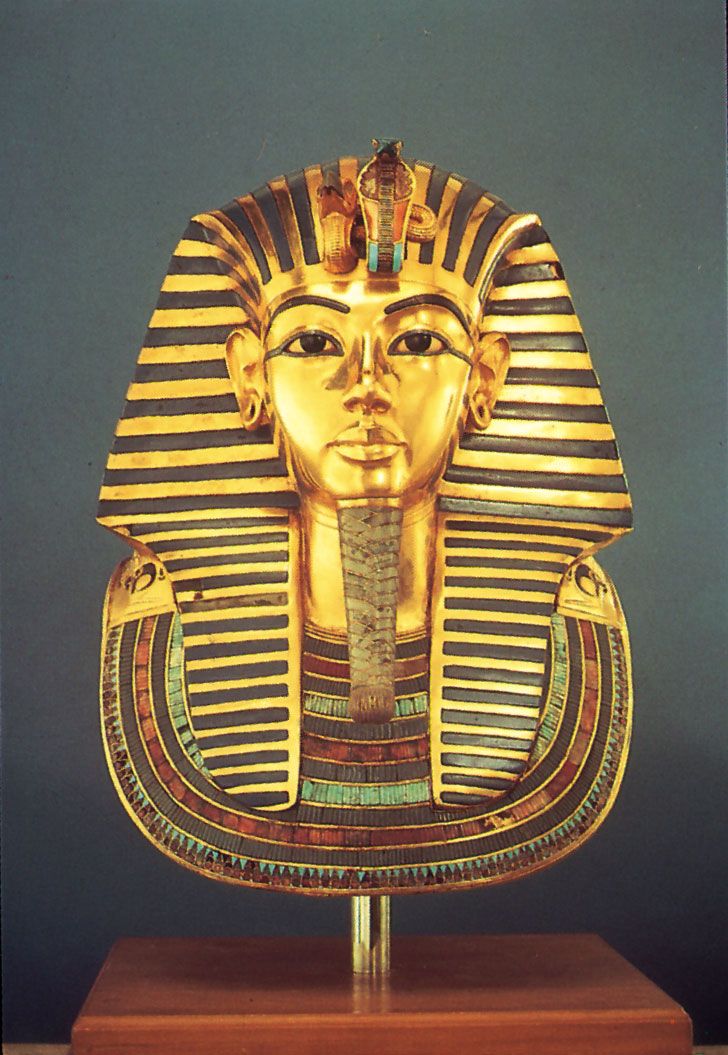Tutankhamun, also known as Tutankhamen or King Tut, was an ancient Egyptian pharaoh who ruled during the 18th Dynasty (1332-1323 BC). Despite his relatively short reign and young age at ascension, Tutankhamun is one of the most famous and intriguing pharaohs of ancient Egypt. This article will delve into the life, tomb discovery, and cultural impact of Tutankhamun, shedding light on his fascinating legacy.
Tutankhamun was born around 1341 BC and ascended to the throne at the age of nine or ten after the death of his father, Pharaoh Akhenaten. His reign was marked by a restoration of traditional Egyptian religious practices, as Akhenaten had introduced a monotheistic worship of the sun god Aten. Tutankhamun’s advisor, Ay, played a significant role in guiding the young pharaoh and reversing the radical changes made by his father.
One of the most remarkable aspects of Tutankhamun’s legacy is the discovery of his tomb in the Valley of the Kings by British archaeologist Howard Carter in 1922. The tomb, designated KV62, was found almost intact, providing an unprecedented glimpse into the funerary practices and material wealth of ancient Egypt. The burial chamber contained a vast array of treasures, including golden coffins, jewelry, statues, and the iconic funerary mask that covered Tutankhamun’s mummy. The discovery of the tomb sparked worldwide interest and ignited a renewed fascination with ancient Egyptian culture.
The treasures found within Tutankhamun’s tomb not only shed light on the wealth and opulence of the pharaohs but also offered valuable insights into the religious and funerary beliefs of ancient Egyptians. The intricate artifacts, such as canopic jars used to store the pharaoh’s organs and the Book of the Dead, highlight the importance of the afterlife in Egyptian culture. The discovery of Tutankhamun’s tomb remains one of the most significant archaeological finds in history.
Tutankhamun’s legacy extends beyond the discovery of his tomb. The young pharaoh’s reign was relatively unremarkable during his time, but his historical significance skyrocketed in the 20th century. The widespread media coverage of the tomb’s excavation and the subsequent world tours of the artifacts brought ancient Egypt to the forefront of popular culture. The captivating story of the boy king captured the imagination of people worldwide, leading to a renewed interest in Egyptology and inspiring numerous books, films, and exhibitions.
Moreover, the artifacts found in Tutankhamun’s tomb continue to provide valuable insights into the art, craftsmanship, and everyday life of ancient Egyptians. They serve as a testament to the advanced skills and techniques mastered by artisans of that era. Studying these artifacts has allowed researchers to gain a deeper understanding of ancient Egyptian society, its beliefs, and its artistic achievements.
However, it is important to note that Tutankhamun’s fame is not solely attributed to his historical importance or the richness of his tomb. The mystery surrounding his untimely death, as he died in his late teens, has sparked numerous theories and speculations. Some believe he died due to an accident or illness, while others suggest foul play. The exact cause of his death remains uncertain, adding to the enigmatic allure of his story.
In conclusion, Tutankhamun’s legacy as the boy pharaoh is a captivating tale that continues to intrigue and inspire people around the world. His tomb’s discovery revealed a treasure trove of artifacts, offering invaluable insights into ancient Egyptian culture and society. Tutankhamun’s story serves as a testament to the enduring fascination with ancient Egypt and the remarkable achievements of its civilization



















Add Comment